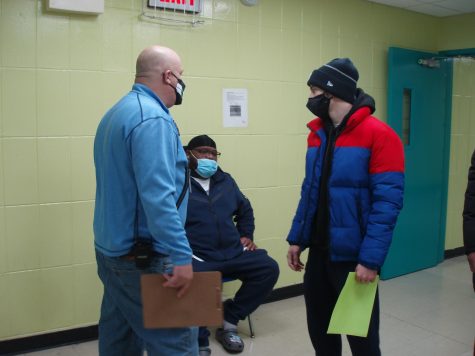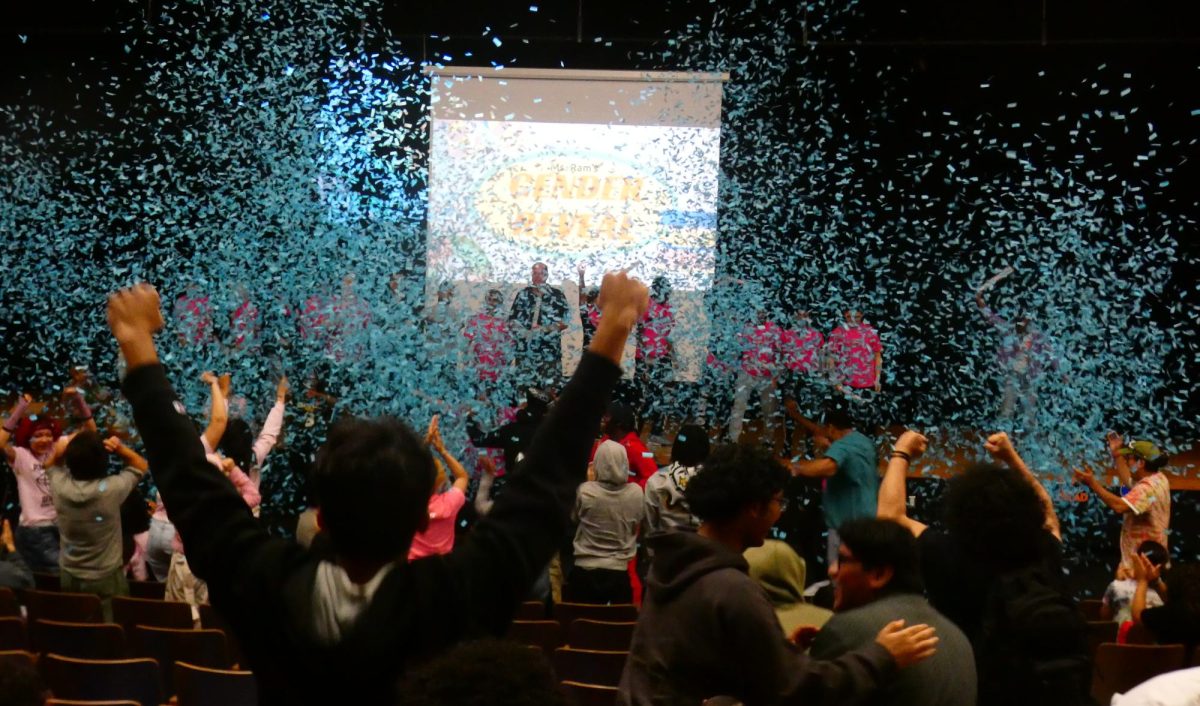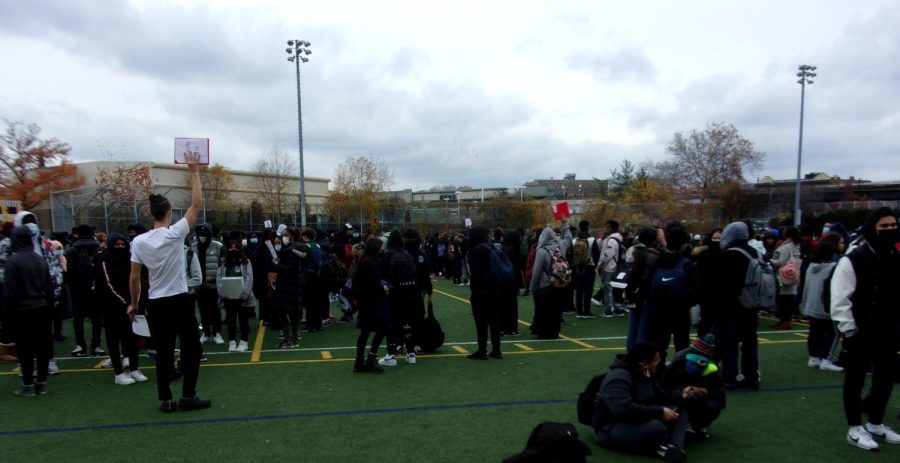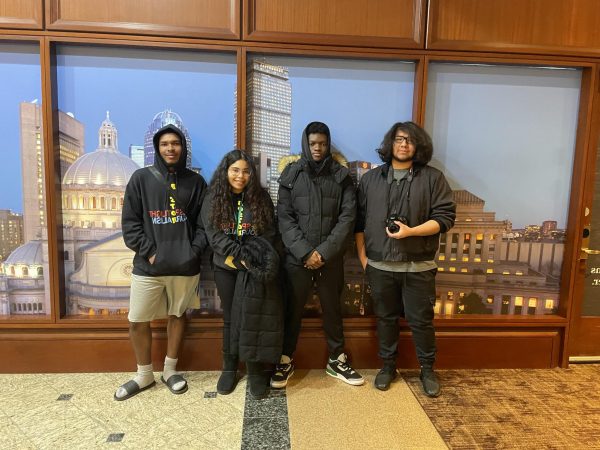Flashing lights and false alarms kept students in the cold this fall
An interview with Lehman’s Safety Czar about his plans to improve school security
Students line up on the football field during an emergency evacuation.


From Nov. 4 to Dec. 6, Lehman Campus had five emergency fire evacuations. That’s five evacuations in 20 school days. These fire drills weren’t just fast, quick and easy ones. They were time consuming, leading students to miss many periods of classwork and lessons.
One reason for the long delays: students from six schools all had to file back onto one main entrance. Lehman campus has about 3,000 students enrolled with about 2,700 in attendance on a typical day. When students exit for a fire drill or alarm, they go out 7 exits. But when they come back in, there is only one entrance and that process takes time due to the metal detectors students have to go through every single day.
Mr. Maass, who is in charge of campus safety, provided some insights and tips that can help keep things moving faster and easier in emergency situations. He also explained steps the campus has taken to prevent false alarms and ease overcrowding on the terrace during reentry.
Whenever there’s an emergency evacuation, the fire department comes and they work with the safety agents to clear the building. This is a difficult process, Mr. Maass explained, because “we have to make sure every student and individual in the school is safe, which is clearly a strong responsibility.’’
Mr. Maass estimates that it takes about 5 to 7 minutes to get everyone out of the building. But getting everyone back inside can take 1 ½ to 2 hours and at times this past fall, this delay caused problems. “The terrace got overcrowded and some students were looking for some trouble,” Mr. Maass explained. “A fight or two had broken out. Students were throwing things and getting out of control. It was a difficult process but we were able to handle it and settle it down.”
The good news is that Mr. Maass and the security team have taken steps to prevent future pulled alarms. While giving a tour of the basement, Mr. Maass explained that this is an area of the school where students tend to go to skip class or cause trouble. Trouble spots also include staircases and corners in the hallway that are vacant during classes. According to Mr. Maass, Exit 5 in the building is the biggest hot spot and needs a lot of supervision.
Mr. Maass says stricter rules have been put in place in these hot spots. More school aides have been placed in key locations to clear skipping students, which reduces the risk that another alarm can be pulled by a student.
When asked what is the most difficult situation you have had to handle, Mr. Maass replied, “Making sure every situation is de-escalated can be very hard. Ensuring that a fight that broke out earlier, or whatever the case may be, doesn’t come about again, is a long process.
Finally some wise advice from Mr. Maass, the school’s safety leader, “Don’t make bad situations worse; if you see something, say something.’’
Sarah Abdullah is a senior at Bronx River High School.
Ashely Godinez is a senior at Bronx River High School.





































James King • Jan 21, 2022 at 12:12 pm
At one point there the school had 2 to possibly 3 false alarms because of a student(s) pulling the fire alarm.
adviser • Jan 21, 2022 at 1:25 pm
The Lehman campus had five false alarms this fall because of students pulling the alarm.